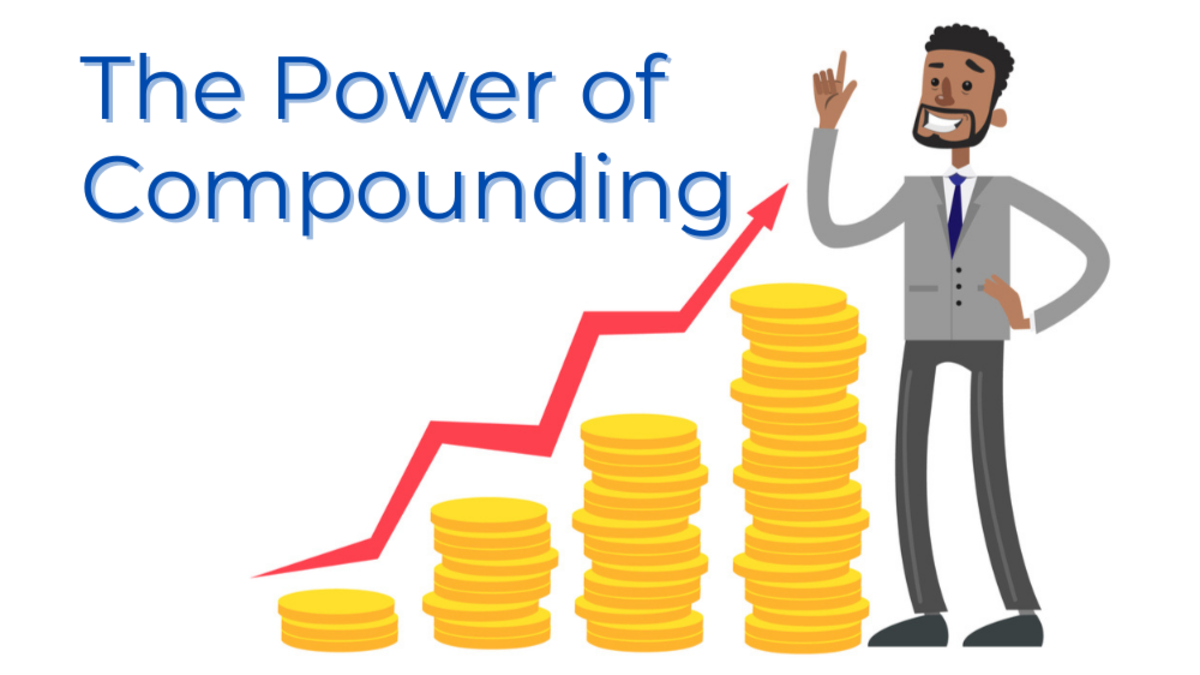What is Forex Trading?
Forex trading, commonly referred to as foreign exchange trading, is the process of buying and selling currencies in the global marketplace. The forex market is the largest and most liquid financial market in the world, where trillions of dollars are exchanged daily. It operates as a decentralized marketplace, meaning that there is no central exchange or physical location where transactions occur. Instead, trading takes place electronically through a network of banks, brokers, and individuals across the globe.
At the core of forex trading are currency pairs, which are pairs of currencies traded against each other. For instance, the EUR/USD pair represents the euro being traded against the US dollar. Every currency pair has a base currency and a quote currency; the first currency is bought or sold, while the second indicates its value. In forex trading, traders aim to profit from fluctuations in exchange rates by correctly predicting the direction in which a currency pair will move.
Another important concept in forex trading is the pip, which stands for “percentage in point.” A pip is the smallest price move that a given exchange rate can make based on market convention. Most currency pairs are priced to four decimal places, with a pip typically representing a change of 0.0001. Additionally, trades are often executed in lots, which refer to the quantity of currency being traded. Standard lots, mini lots, and micro lots represent different volumes of currency traded, providing flexibility for traders with varying capital levels.
Participants in the forex market include a diverse range of entities such as central banks, financial institutions, corporations, and individual retail traders. Each participant plays a critical role in the overall functioning of the forex market, contributing to its liquidity and efficiency. Understanding these fundamental concepts is essential for anyone looking to engage in forex trading and navigate this dynamic financial landscape effectively.
How Forex Trading Works
Forex trading operates on a decentralized global market where currencies are bought and sold. It involves trading currency pairs, which are expressed as one currency quoted against another. For instance, in the EUR/USD pair, the Euro is the base currency while the US Dollar is the quote currency. The price reflects how much of the quote currency is needed to purchase one unit of the base currency. Transactions in forex trading occur in a continuous marketplace, allowing traders to react promptly to market changes.
At the core of forex trading mechanics is the concept of bid and ask prices. The bid price refers to the amount a trader is willing to pay for a currency pair, whereas the ask price is what the seller is requesting. The difference between these two prices is known as the spread, which brokers utilize to generate revenue. Understanding the bid/ask dynamics is essential for traders as this influences when to enter or exit trades for optimal profit realization.
Leverage is another crucial aspect of forex trading, enabling traders to control larger positions with a relatively small amount of capital. Given the highly liquid nature of the forex market, leverage can amplify both profits and losses, making risk management critically important. Traders must use leverage wisely—common ratios range from 50:1 to 400:1, depending on regulatory restrictions and broker policies.
Market analysis plays a key role in trading decisions, involving both fundamental and technical approaches. Fundamental analysis focuses on economic indicators, geopolitical events, and macroeconomic factors that can affect currency value, while technical analysis involves studying price charts and patterns to forecast future movements. Additionally, traders often adopt various strategies like scalping, day trading, or swing trading to enhance their potential for success. By integrating these tools and insights, forex traders can navigate the complexities of the market effectively.
Risks and Rewards in Forex Trading
Forex trading, while offering significant profit potential, is not without its inherent risks. One of the primary concerns for traders is market volatility. Currency prices can fluctuate sharply in response to economic indicators, geopolitical events, and changes in market sentiment. This volatility can lead to rapid gains; however, it can also result in substantial losses. Traders must be aware that even a minor market shift can trigger significant impacts on their trading positions.
Another critical risk factor is leverage. Most forex brokers provide traders with substantial leverage, allowing them to control larger positions with relatively small capital. While this can amplify profits, it also heightens the risk of substantial losses. A small adverse movement in the currency pair can lead to losses that far exceed the initial investment. As such, understanding leverage risk and applying it judiciously is crucial in successful forex trading.
To mitigate these risks, implementing effective risk management strategies is essential. One common method is the use of stop-loss orders, which automatically close a trade when it reaches a specified level of loss, thus protecting capital. Additionally, position sizing—determining the appropriate amount of capital to allocate to each trade based on total equity and risk tolerance—is vital in ensuring that no single trade jeopardizes the trader’s overall portfolio.
Despite these risks, forex trading also presents lucrative opportunities for profit. With the right education and disciplined practice, traders can navigate the complexities of the forex market. By developing a robust trading plan, utilizing analytical tools, and continuously enhancing their knowledge of economic trends, traders can maximize their chances of success in this dynamic financial landscape. In conclusion, understanding the risk-reward balance in forex trading is imperative for anyone looking to thrive in this arena.
Getting Started with Forex Trading
Beginning your journey in forex trading requires a clear plan and a solid foundation. The first step is to choose a reputable forex broker, as this will significantly affect your trading experience. When selecting a broker, it is essential to consider factors such as regulation, trading fees, and the range of available currency pairs. A well-regulated broker provides safety for your capital, while competitive spreads can enhance your overall profitability.
Once you have identified a suitable broker, the next step is to create a trading account. Most brokers offer different types of accounts to cater to various trading styles and capital requirements. For beginners, a standard account with a user-friendly interface is advisable. Be sure to familiarize yourself with the broker’s platform and its features, as this will be the tool through which you execute trades.
Before risking real money in the forex market, it is prudent to utilize demo accounts. Demo accounts allow you to practice trading with virtual funds, giving you the opportunity to learn how to navigate the platform, develop strategies, and experience market dynamics without financial risk. Many forex brokers provide demo accounts that simulate real trading conditions, which is an excellent resource for new traders.
In addition to practicing on a demo account, essential tools and resources should be integrated into your learning process. Utilize trading platforms that offer comprehensive charting tools and technical analysis features. Moreover, educational materials such as online courses, webinars, and trading forums can significantly enhance your knowledge and skills. These resources can provide insights into market trends and trading strategies, allowing you to make informed decisions.
Finally, it is essential to develop a structured trading plan. A trading plan outlines your financial goals, risk tolerance, and strategies for entering and exiting trades. Staying informed about market trends and economic indicators will also aid in making informed trading decisions. With these steps, you can effectively embark on your path to becoming a successful forex trader.



